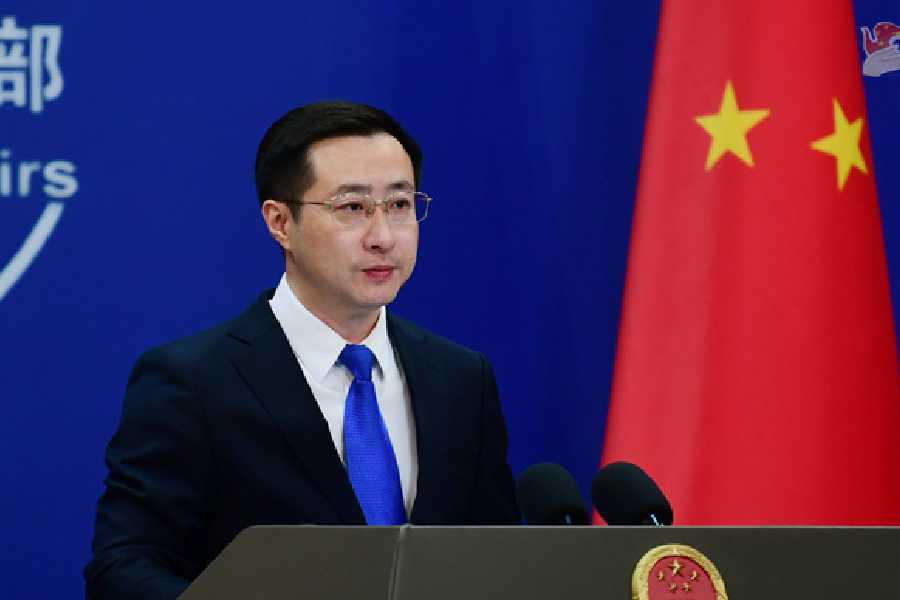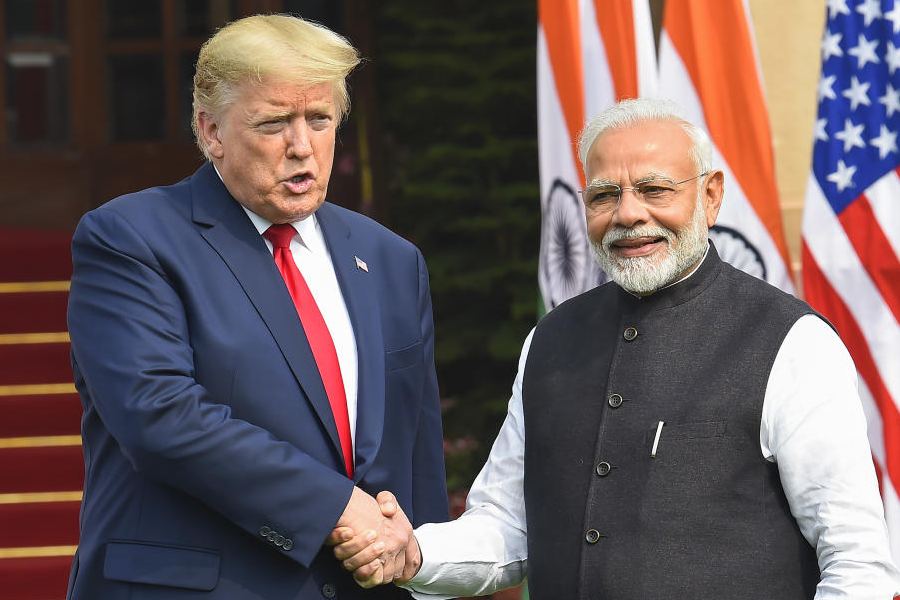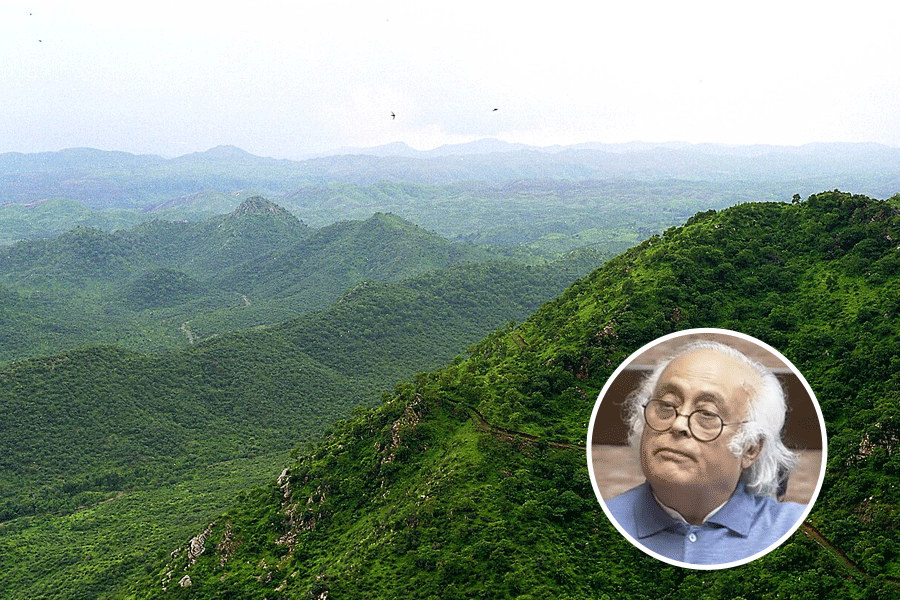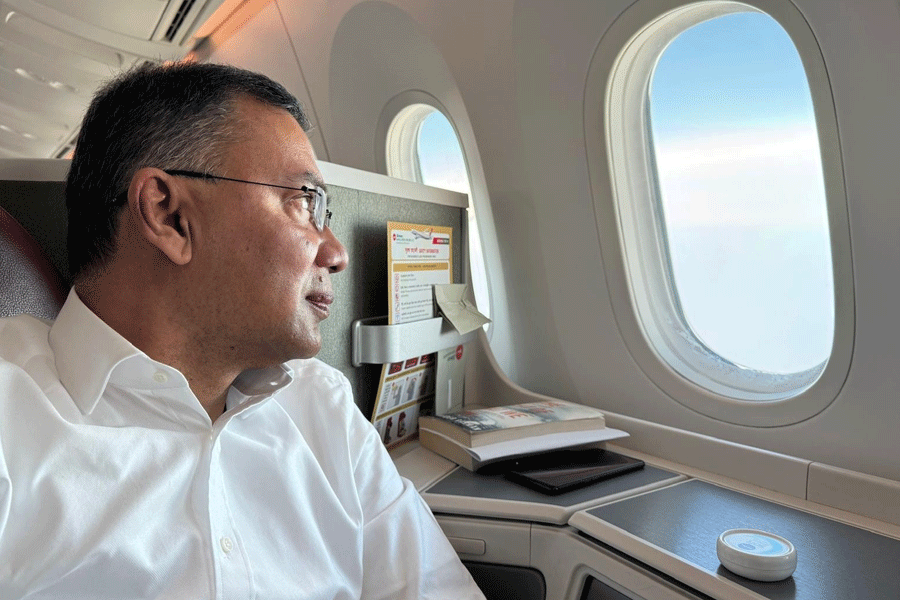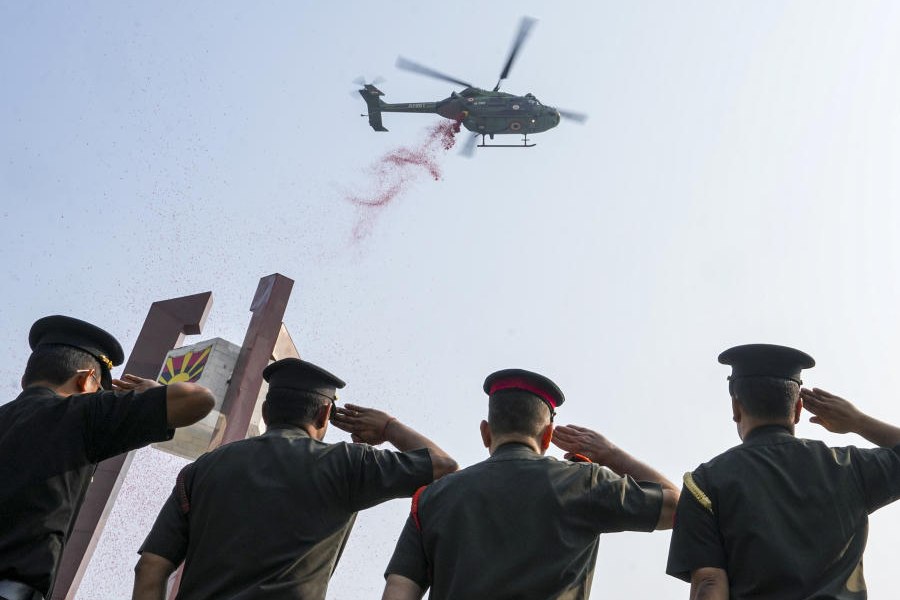During the British regime the Congress came to power for the first time in 1909 under the Morley Minto reforms. It was strange for the bureaucracy and police and unacceptable to the dominant English elites ( in India) to find Congressmen, who were perceived by them as prisoners and 'goondas', placed above them. Therefore they successfully conspired to remove the Congress from power.
Circumstances are not too dissimilar for the Bharatiya Janata Party as the ruling party in the Centre. The predominant Indian intelligentsia, a hybrid produce of the schools of Macaulay and Marx, detested the shift of the political centre of gravity in favour of yesterday's 'communalists' and 'violators of court and Constitution' or, in other words, 'counter-elites'. Their failure to inspire any formidable anti-BJP alliance, however, does not deter them from working vigorously to wreck the National Democratic Alliance boat by creating a minority-sensitive atmosphere in the country.
Anti-BJP hostility by the red brigade has the support of their comrades in the media who have been doing every possible thing to enliven off the track debates on controversial issues, particularly on the construction of the Ram temple in Ayodhya. The hoax of the 'hidden agenda' is a kind of psychological warfare against the BJP's allies. A pre-poll alliance under the BJP consisting of two dozen parties reflects more than electoral arithmetic. The present arrangement, unlike the 1967 experiment, is not only a political but also a social and ideological coalition.
It is social because it has polarized diverse social forces beyond traditional, ethnic and geographical limits under one working platform. It is ideological because it harmonizes ideologically opposed political formations, like the Dravida Munnetra Kazhagam and the BJP. If it is true that the BJP took one step backward by abandoning contentious issues, then it is also not wrong to say that its allies have moved two steps forward by consciously refusing to resort to the politics of minorityism.
The allies or the electorate were not in the dark regarding the person they were electing as the prime minister, home minister or the human resources development minister. They campaigned together and it would not be an exaggeration to say that they dared to risk their traditional vote bank of minorities. Thus the 1999 elections weakened the politics of minorityism.
The national agenda for governance inhibits the BJP from pursuing contentious issues but it does not preclude them from reiterating their commitment to their core ideology and programmes. It is not that Atal Behari Vajpayee's commitment to the Rashtriya Swayamsevak Sangh ideology or L.K. Advani's and Murli Manohar Joshi's involvement in the Ram Janmabhoomi movement has been recently discovered. The BJP itself was formed on the basis of its members' loyalties to the RSS, when the bogey of dual membership was raised by a section of the Janata Party, prompted and provoked by the red brigade, in the late Seventies.
The ideology does not melt away with power politics. While the universally applicable agenda of the NDA is a response to competitive power politics, the BJP's own programmes reflect a quest for a new paradigm in national life. The BJP is not like other parties a power seeker, but is part of an ideological movement represented by the RSS whose ideology itself is inalienable from those of cultural nationalists, like Vivekananda, Aurobindo Ghosh, Bal Gangadhar Tilak, B.C. Pal, Bankim Chandra Chattopadhyay and others.
The BJP president, Kushabhau Thakre, is only partially right when he says that the Ayodhya issue is not an ideology but merely a programme. It is of course a programme. But it is not bereft of cultural values and actually emanates from the ideological perception of events and history. Thus it is unchanged and irreversible. When the Somenath temple was built it was also an ideological programme, like the Ram temple. K.M. Munshi, Vallabhbhai Patel or Rajendra Prasad who were involved in the installation ceremony of the Somenath temple on May 11, 1950, could not be charged with anti-minorityism. Munshi wrote to Jawaharlal Nehru, 'The collective sub-conscious of India today is happier with the scheme of reconstruction of Somenath.'
Thus Ram Prakash Gupta, the chief minister of Uttar Pradesh, is one of the millions of dreamers who desire a temple in Ayodhya. The BJP has been needlessly trying to establish a semi-secular identity for itself by hesitating to own up to its own ideological programmes. The safeguarding of the minorities and their identities should not be linked to the deeds of Mohammad Ghauri-Mohammad Ghazni and Babar.
The RSS stands not for hostility to minorities but for anti-minorityism. The media and the secularists debated the 'hidden agenda' and blamed the BJP's allies for compromising with allegedly communal forces. But they have blindfolded themselves with regard to poisonous promises made by the Congress, the Samajwadi Party, the Communist Party of India, the Janata Dal (Secular) and the Nationalist Congress Party.
The 1999 election manifestoes of these parties exposed their intentions and anti-secular paradigm. A separate ministry for the minorities, religious reservations and communal (proportional) representation in the police and the armed forces have been promised by them all except the Communist Party of India (Marxist). The Samajwadi Party pleaded for legal status to be given to Muslim panchayats. All of them forgot regional languages and recalled only Urdu as the language of Muslims. These are like the demands made by the Muslim League during the British regime.
Modern Indian history has witnessed two parallel streams in national life. The journey from the Khilafat movement (1921) to Shah Bano (1985) was an unfolding of an increasingly perverted secularism. This has been countered by a parallel ideological movement of cultural nationalists represented through Jay Somanatha ( K.M. Munshi's novel written in 1937 after his visit to the site of the ruins of the ancient temple in 1922) to 'Jay Shri Ram'(1989).
The thrust of coalitional politics is governance. This is the sole parameter by which its performance can be gauged. Just as an ideology cannot be a cover for inefficiency so governance also cannot ignore the relevance of ideology.
Thus both critics and sympathizers are wrong when they seem to believe that the BJP has outgrown the RSS and the latter is bound to play second fiddle to the former. Even during the colonial period the sangh was expected, though in vain, by the Hindu Mahasabha to become the junior partner. The British took almost two decades to realize that the sangh was not a part of the Mahasabha. The role of an RSS swayamsevak is delineated, by M.S. Golwalkar, the second sarsanghchalak, as, 'a missionary with a national vision'. He goes on, 'Intensely aware that he is to work out that great plan of organizing a nation torn asunder for the past thousand years...he resolves to prepare himself for the historic role. He learns to...direct his natural impulses...so as to become an effective instrument for the task of national reconstruction.'
The Hindu Mahasabha and later the Janata Party wished for the sangh's merger with their youth wings respectively. Perhaps they were oblivious of its vision of the Hindu rashtra. In 1940, a senior RSS functionary had declared in an RSS rally in Pune, 'The sangh is over and above all parties. We aim at demonstrating to the world that the sangh, founded on the strong basis of Hinduism, can unite all parties, and thus can face any odds.'
The RSS was unmoved by the Congress resolution in 1948 welcoming RSS men into the party fold and subsequently prohibiting them from joining the Congress. The Congress experienced intense quarrels on the issue. It was an ideological shadow of cultural nationalism which was fighting to survive in the face of the Nehruvian onslaught within the Congress. This dilemma led to the formation the Bharatiya Jana Sangh. The dilemma of dual membership then led to the formation of the BJP. The sangh is prepared to face 'odds' and resolve 'dilemmas' if and when they arise.
The author teaches political science at Delhi University
 Thursday, 25 December 2025
Thursday, 25 December 2025

